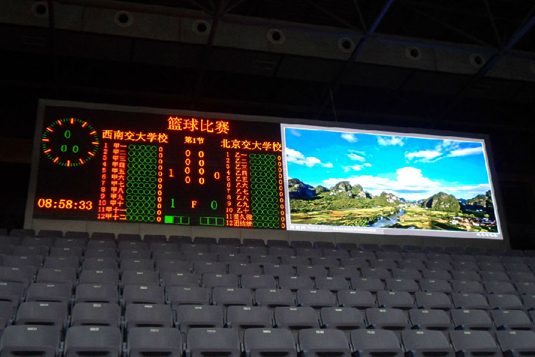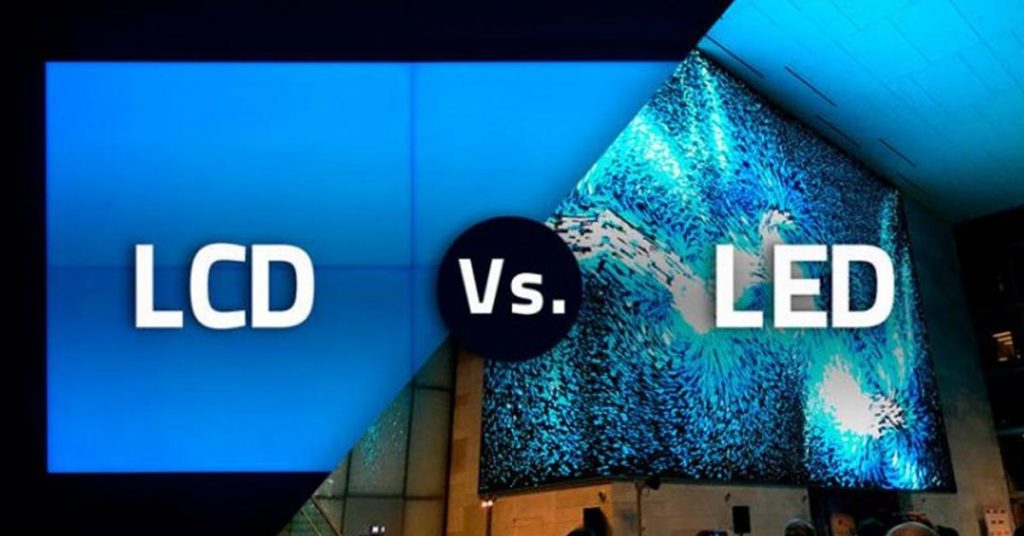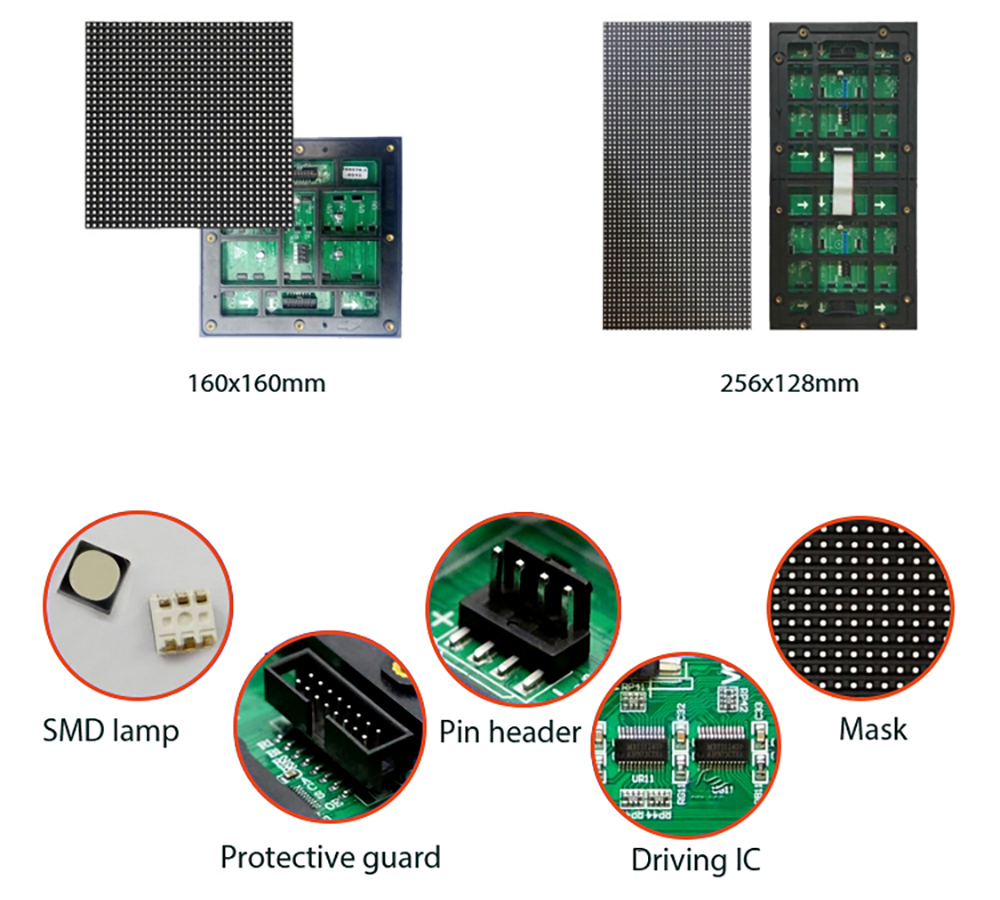Many people should not be unfamiliar with the LED display screen. It can be said that it is very common in our daily life, but there are not many people who can clearly explain what the LED display screen is. Let us find out together.
What is LED display?
The LED display is a kind of flat panel display, which is made up of small LED module panels.
Why is it called LED and not other names?
LED, is the abbreviation after the spelling of light-emitting and diode. It is a kind of diode semiconductor made of gallium, arsenic, phosphorus, nitrogen, and indium compounds that control the light emission, and mix and fill the color of the light, thus producing the various pictures we see.
Gallium arsenide phosphide diodes emit red light, gallium phosphide diodes emit green light, silicon carbide diodes emit yellow light, and indium gallium nitride diodes emit blue light.
LED displays can be used to display and produce various information, such as text, images, videos, video signals, etc.


What are the advantages of LED display?
1. Area ductility, the LED display can be extended arbitrarily, whether it is up or down, there is no problem, and it can also achieve seamless proportional splicing. This is similar to the scaling effect of bitmaps (bitmaps).
When we zoom in on a picture infinitely, it will be pixelated, and then we will see many squares, and the same is true for the picture of the LED display. After taking a look, you will find small lamp beads, and the image is relatively blurred. Only when you watch from a little distance (generally no less than 8 meters) can you see a clearer and more complete picture.
2. Since the lamp beads of the LED display are vacuum packaged, as long as the lamp beads are not of poor quality, there is no problem in running for 7-8 years. This is much better than most monitor products, many of which will affect the picture quality over time.
3. The LED display screen can use interactive technology as the interaction between the advertising medium and the advertising audience, such as customizing the touch screen, realizing cloud technology broadcast control management, etc.
4. In terms of display effect, the high brightness, wide viewing angle and good color reproduction ability of LED display are irreplaceable by other displays.
Especially in direct sunlight, only the LED display with a brightness of 5000 can display the picture, and other display devices cannot achieve or clearly see the picture.
Based on the above 4 points, the LED display has always been in a dominant position in the two aspects of outdoor advertising and the use of large screens, and there is still no opponent that can match.
When it comes to LED display, we often think of LCD which is very close to it, so what is the difference between the two?
The difference between LED display and LCD display

There are actually quite big differences between LED displays and LCD displays, which are mainly reflected in the following aspects:
Common LCD screens use CCFL light sources, one on each side of the screen, and a backlight on the back of the display. The light sources on both sides can be evenly distributed on the back of the entire screen, so that the entire screen is evenly illuminated. However, due to technical limitations, the brightness of such a display is not completely uniform, although it is difficult to find, and the lamp has a certain lifespan, which will turn yellow over time.
LED displays use LED light sources, which are light-emitting diodes. Such light-emitting diodes are very power-saving, and because they are not lamps, they can be formed into an array and evenly distributed behind the screen.
The brightness is good, making the backlight more uniform, so the life of the display is also longer than that of the liquid crystal display, and the color is stable and not easy to yellow.
In addition, the LED display has a very special place, that is, it can be spliced infinitely and seamlessly.
The general LCD can only make corresponding specifications according to the corresponding size. Although it can be barely spliced together, there will be an irremovable border around it. Moreover, its ductility also has certain limitations. Products that are too large and too long will It is difficult to transport, or difficult to make, unlike the LED display, which can be disassembled into small LED modules for transportation.

What are the advantages of the led display? The performance of the led display is superior:
1) The luminous brightness is strong. When the sunlight directly hits the screen surface within the visual distance, the display content is clearly visible. The super grayscale control has 1024-4096 grayscale control, the display color is above 16.7M, the color is clear and vivid, and the three-dimensional sense is strong.
2) Static scanning technology, using static latch scanning mode, high-power drive, fully guarantees the brightness of the light and the fineness of the picture.
3) Automatic brightness adjustment, the LED display can be matched with a light sensor, so that it has the function of automatic brightness adjustment, which can obtain the best playback effect in different brightness environments.
4) The full use of imported large-scale integrated circuits greatly improves reliability and safety, which is convenient for debugging and daily maintenance.
5) Advanced digital video processing, distributed scanning technology, high-definition display with BSV liquid crystal splicing technology, modular design/constant current static drive, ultra-bright pure color pixels, clear image, no jitter and ghosting, and no distortion. Various information display such as video, animation, chart, text, picture, etc. It can be displayed on the network and controlled remotely.
The above is the introduction of “what is an LED display”. There are still many applications of LED display in our daily life. It can not only decorate the storefront, but also better promote the product. Shopping malls, hotels, high-speed railways, subways, cinemas, exhibitions, office buildings, etc., the target customers have strong spending power and huge advertising value.